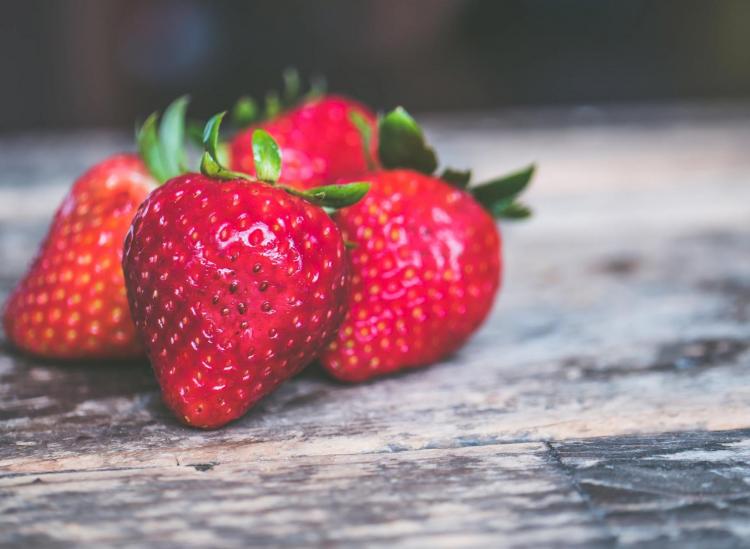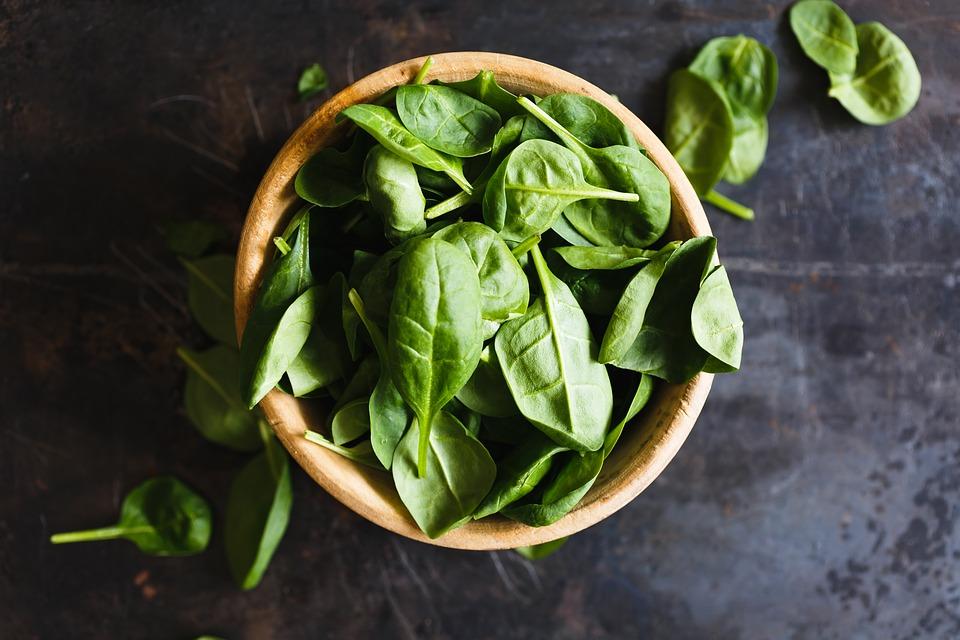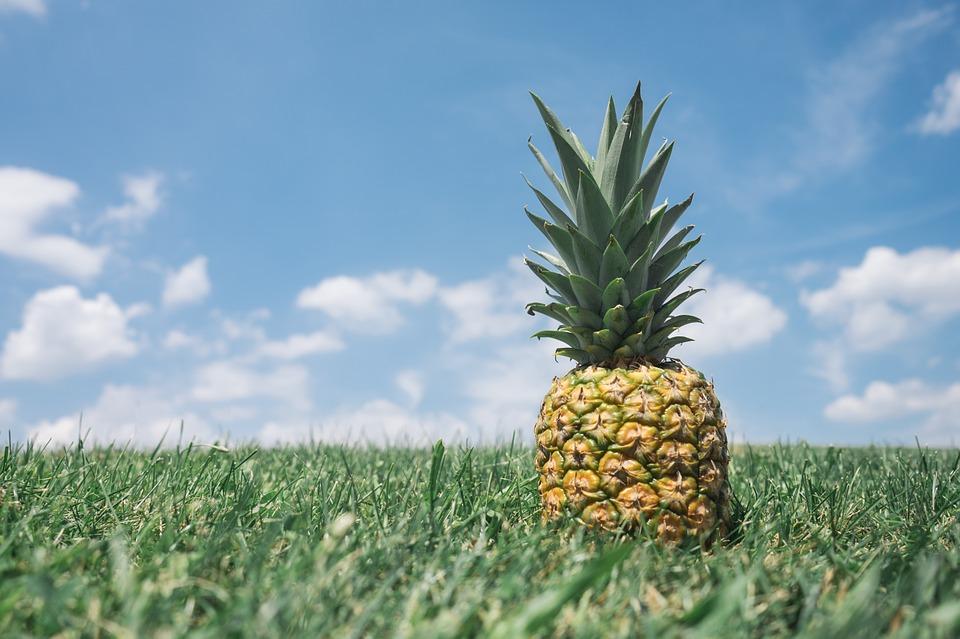How To Keep An Eye On The Pesticides In Your Produce This Year

Pexels
Anyone who has explored the realm of organic eating — or just appreciates chemical-free produce — knows about the “Dirty Dozen” and “Clean Fifteen.” But what you might not realize is that every year, the crops that end up more susceptible to pesticide leaching vary.
That’s why the Environmental Working Group, a non-profit, non-partisan organization dedicated to protecting human health and the environment, tests a ton of conventionally grown fruits and veggies every 12 months, identifying the biggest pesticide risks for consumers wandering the produce aisles. While the Dirty Dozen and Clean Fifteen lists often include many of the same fruit and veggie players, the order dramatically shifts depending on that year’s pesticide tests. And considering that you can’t just wash off gross chemicals from the outer layer of your favorite foods and proceed with your meal prep, it’s worth knowing where your biggest risks lie.
The group’s 2018 report, which was released on April 10, found that a startling 70 percent of conventional produce was contaminated with pesticide residues. The three produce options that were impacted most heavily included strawberries, spinach and nectarines. The average strawberry sample presented 20 different pesticides, and spinach contained almost twice as many pesticides by weight than any other crop evaluated.

Pixabay
Here are the EWG’s updated Dirty Dozen rankings for 2018:
1. Strawberries
2. Spinach
3. Nectarines
4. Apples
5. Grapes
6. Peaches
7. Cherries
8. Pears
9. Tomatoes
10. Celery
11. Potatoes
12. Sweet Bell Peppers
You typically eat the peels (or entirety) of these produce options, which is what makes them so risky. Pesticides used during the farming process sit on the surface and can leach inward depending on how porous the fruit or vegetable is. So when your produce has a thicker exterior that you don’t tend to consume — think avocados, pineapples and corn (yay, husks!) — your pesticide ingestion risk drops a lot. On that note…

Pixabay
Here are the EWG’s updated Clean Fifteen rankings for 2018:
1. Avocados
2. Sweet Corn
3. Pineapples
4. Cabbage
5. Onions
6. Frozen Sweet Peas
7. Papayas
8. Asparagus
9. Mangoes
10. Eggplant
11. Honeydew Melon
12. Kiwi
13. Cantaloupe
14. Cauliflower
15. Broccoli
So there you have it, folks. Go organic when it comes to the dirty dozen since those pesky pesticides don’t actually rinse off in the kitchen sink, and save some dough with the Clean Fifteen. Your future self will thank you.
RELATED
Here’s The Easiest (And Healthiest) Way To Eat Organic On A Budget
This Is What Millennial Eating Habits Mean For The Organic Food Industry
Organic Wine Might Be The Key To Avoiding A Hangover











